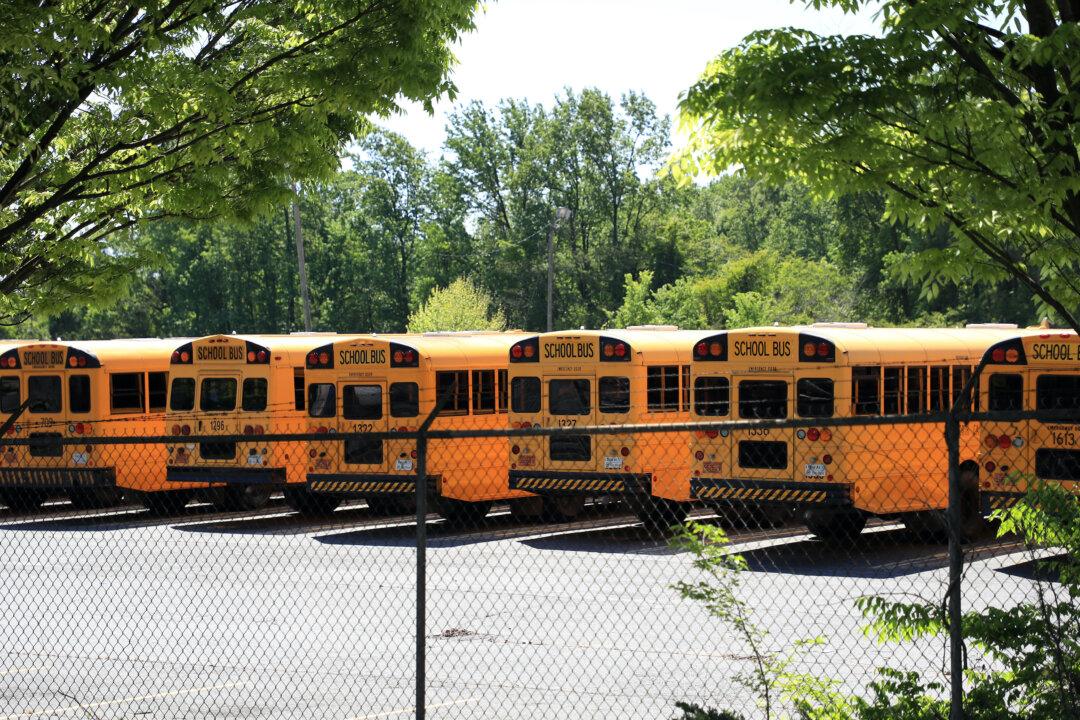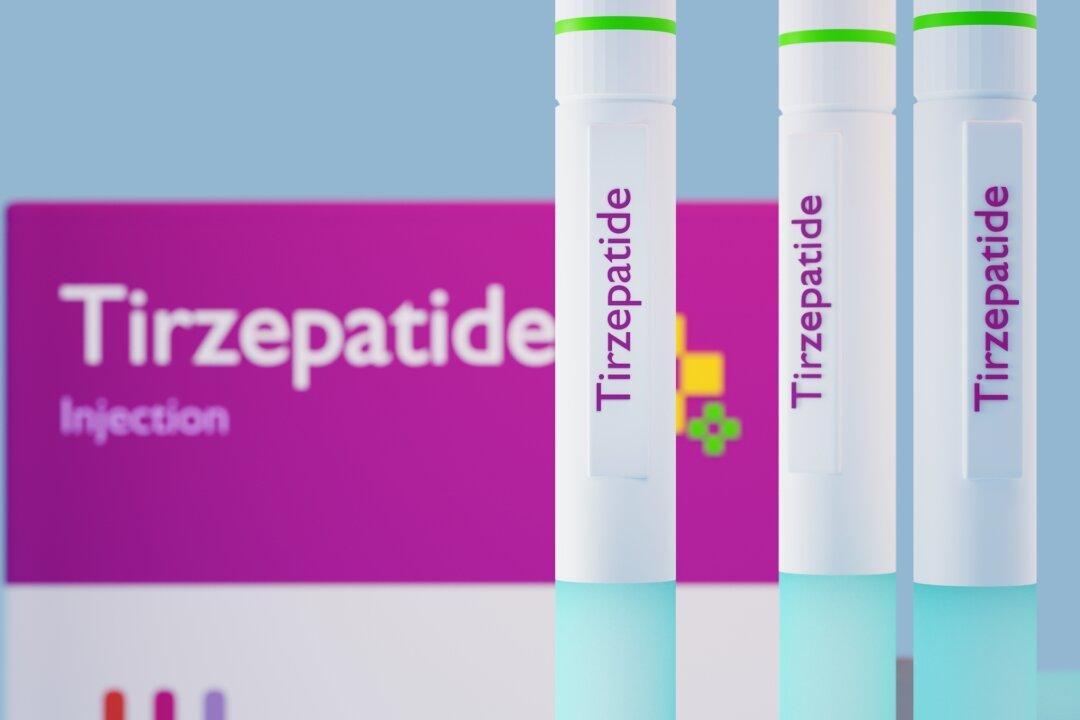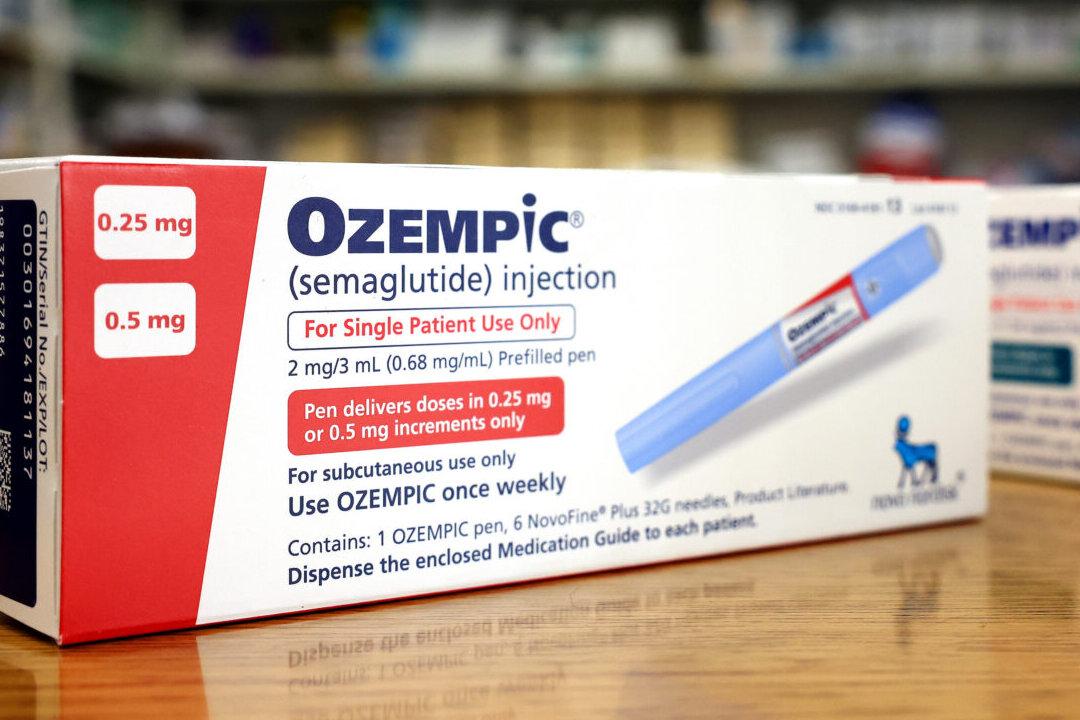There is no evidence that school closures could reduce the spread of COVID-19, a disease caused by the CCP (Chinese Communist Party) virus, according to a recent study.
The article has been peer-reviewed and was published by Nature Medicine on Oct. 27. The authors include two Japanese professors and a visiting professor from the University of Michigan. The data of the study were collected in Japan.





